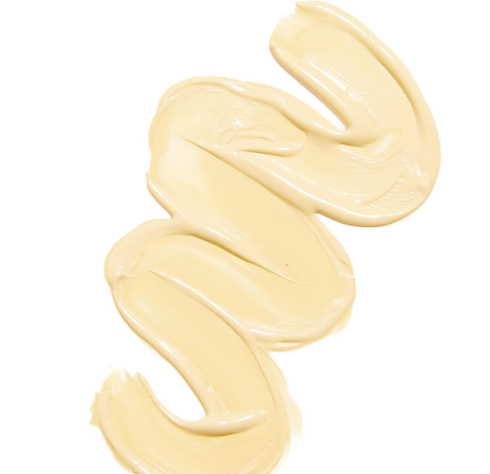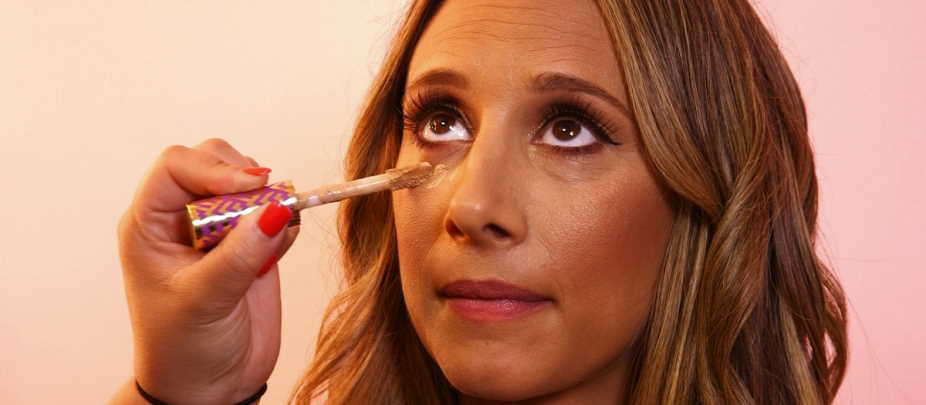We all know that shielding is an age-old magic trick to conceal dark circles. Yet a few years ago, big beauty companies launched palettes of translucent green, purple, red, and orange items that they said to be ‘color-correct.’ But wait, are not the same color correctors and concealers?
Although age spots, acne marks, blemishes, and sunspots, are harsh realities that we battle on our way to the beauty of the skin in our dreams, they are simply concealing and fixing colors that bring us closer to our goals.
 But it is important to know the difference between corrector and concealer before you get on with it.
But it is important to know the difference between corrector and concealer before you get on with it.
Although flawless skin is often a full-time job to preserve, cover, and right color make the job a little easier.
That being said, the two types of reporting are distinct and discuss different issues. To help you better understand the distinction between the two, here are the specifics of what you need to know about the concealers and the color correctors.
Concealer
Concealers are usually used to mask minor breakouts or blemishes, to remove dark circles, and to illuminate areas on the face as you like.
When using a concealer, make sure you use a concealer brush or a makeup blender to ensure sure the pigment matches perfectly with your skin tone and looks fully normal.
Stop using concealers that have a shimmering finish, as this may tend to make you look greasy.
Color corrections
 If you have a more serious skin condition, such as acne scars, rosacea or melasma, the color corrections are for you.
If you have a more serious skin condition, such as acne scars, rosacea or melasma, the color corrections are for you.
Color correctors come in a variety of colors that address specific problems. Mastering this art form now has a lot to do with knowing the difference between concealers and color correctors.
Red concealers: for example, the red is immediately across the red on the color wheel. The color green neutralizes the color red, which is why black concealers work well to hide red acne blemishes.
Through actually pointing to the color wheel, you can better learn how to avoid the irritating trouble areas.





